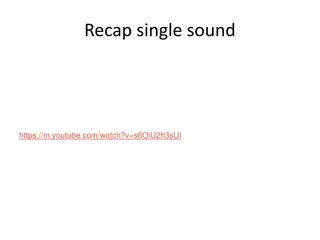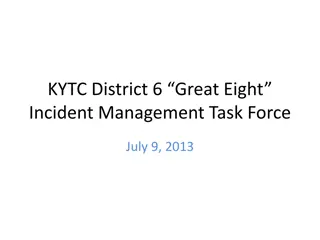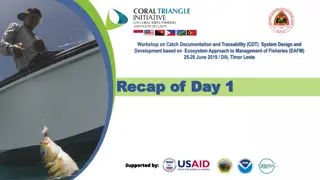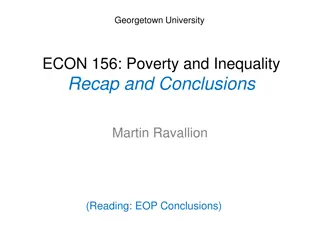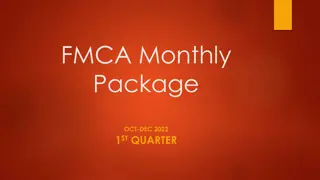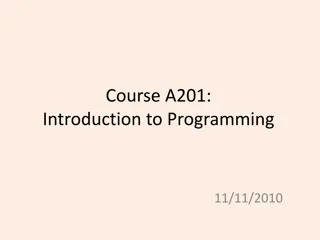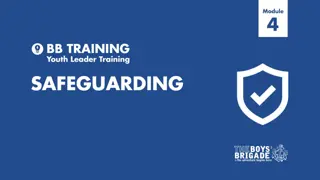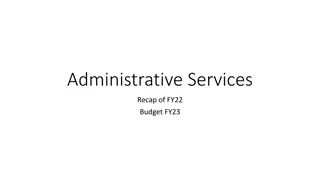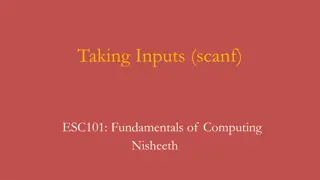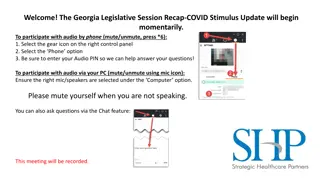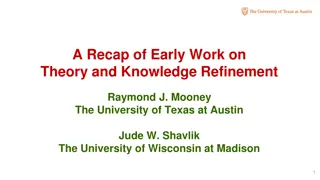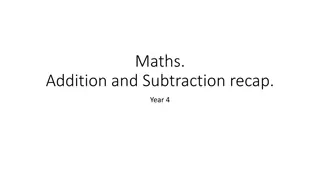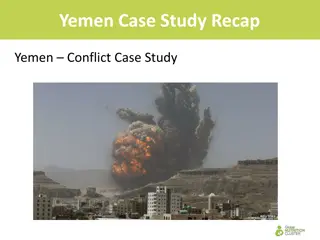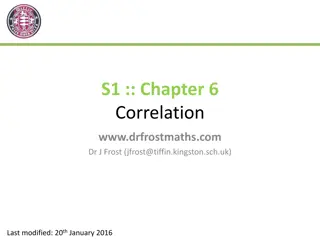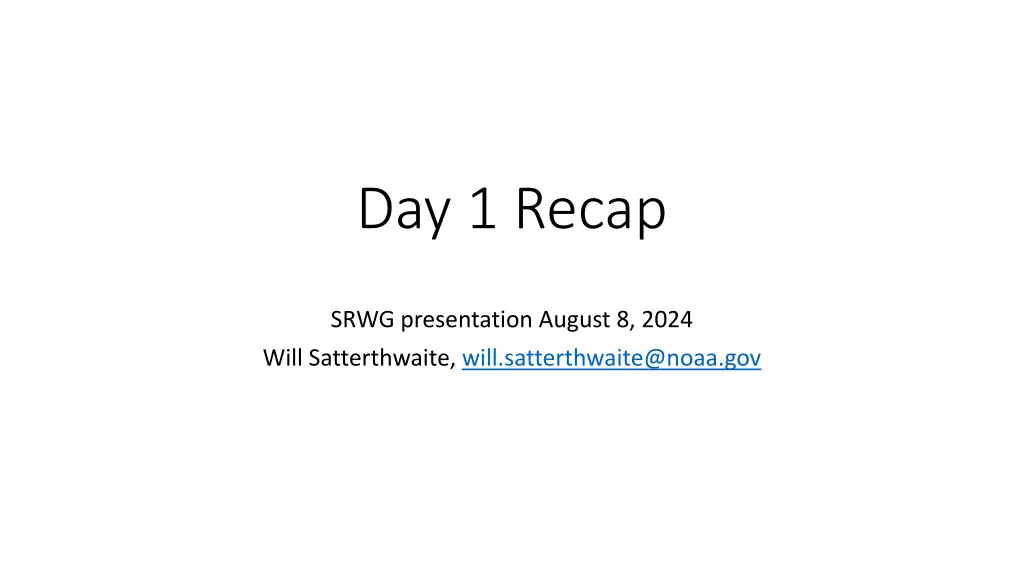
Revisiting SMSY Derivation and Harvest Control Rule
In this presentation recap, the focus is on revisiting the SMSY derivation process and the Harvest Control Rule. Key points include the importance of FMSY updating, the analysis of escapement and SMSY, and exploring alternative metrics for environmental impact assessment. The presentation highlights the need for detailed methodology reviews and the consideration of various factors in decision-making. Future steps involve re-analyzing relationships between total escapement and hatchery success, exploring Risk Table elements, and determining fishery performance metrics.
Uploaded on | 0 Views
Download Presentation

Please find below an Image/Link to download the presentation.
The content on the website is provided AS IS for your information and personal use only. It may not be sold, licensed, or shared on other websites without obtaining consent from the author. If you encounter any issues during the download, it is possible that the publisher has removed the file from their server.
You are allowed to download the files provided on this website for personal or commercial use, subject to the condition that they are used lawfully. All files are the property of their respective owners.
The content on the website is provided AS IS for your information and personal use only. It may not be sold, licensed, or shared on other websites without obtaining consent from the author.
E N D
Presentation Transcript
Day 1 Recap SRWG presentation August 8, 2024 Will Satterthwaite, will.satterthwaite@noaa.gov
B. FMSYproxy and SMSY/SMPratio A necessary step in STT-supported approach to SMSYderivation FMSYupdating high priority of SSC Council prioritized work on MSY Written record says nothing about prioritizing S vs. F aspect of MSY, both important Level of technical detail in report should reflect target: methodology review (most detailed) or technical appendix to report to Council (moderate detail) or direct to Council (least detailed) Preferred option: Base SRFC proxy on Klamath Fall and Rogue Fall But describe alternatives and our reasons for not choosing them Plan for now is propose as methodology review topic, so retain greatest level of detail in the draft report Our next meeting is September 3, methodology review materials would be due mid-September if scheduled for review (but we won t know that yet by September 3)
C. Escapement / SMSYanalyses Not clear support for Ricker (peaked S-R) over Beverton-Holt (flattens out, so SMP not defined) Even assuming Ricker, SMPvalue sensitive to addition/deletion of a little bit of data Representativeness/sample size tradeoff in data inclusion/exclusion [group] But don t p-hack or drop data just to get a result that looks right ! Left side of S-R curves seem more robustly estimated than right side Consider RMSY/RMPrather than SMSY/SMP? [Will] Revisit optimal rather than maximum as driving criterion? [Propose in next report?] Explore alternate flow/environment metrics (e.g. Verona gage loses American) Thiamine and C. shasta as emergent issues [Colin/Correigh obtain additional metrics?] Would fit be better to CV fall as a whole? [Stu/Correigh] Try weighting upper RBDD fry data points based on their SEs [Will]
D. Harvest Control Rule Replot escapement / river harvest relationship as run size / river harvest [Will] Re-do analysis of relationship between total escapement and hatchery success using production rather than spawners as metric of success [Colin data, Will stats] Promise in potential application of P*/sigma analog [Will present existing paper to methodology review if proposed and adopted for review] Continue to explore incorporation of elements of Risk Table approach [Correigh lead coordination with EWG, CCIEA, etc.] Could interface with P*/sigma analog (Related but lower priority: Think about how we could incorporate matrix approach Correigh) De minimis: Think about suitable analyses to inform appropriate levels of de minimis, how to smooth out kinks [group] Fishery performance metrics: Catch versus opportunity versus stability [ask SAS in next report?} Lowest priority / defer further work on varying escapement target based on future conditions

